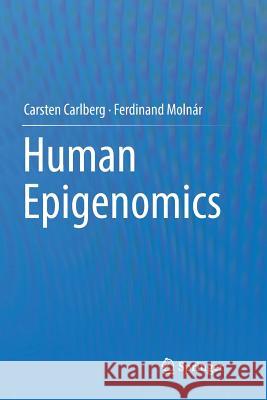Human Epigenomics » książka
topmenu
Human Epigenomics
ISBN-13: 9789811356605 / Angielski / Miękka / 2019 / 223 str.
Kategorie BISAC:
Wydawca:
Springer
Język:
Angielski
ISBN-13:
9789811356605
Rok wydania:
2019
Wydanie:
Softcover Repri
Ilość stron:
223
Waga:
0.34 kg
Wymiary:
23.39 x 15.6 x 1.3
Oprawa:
Miękka
Wolumenów:
01
Dodatkowe informacje:
Wydanie ilustrowane











